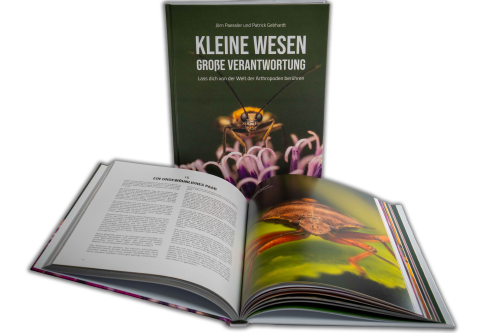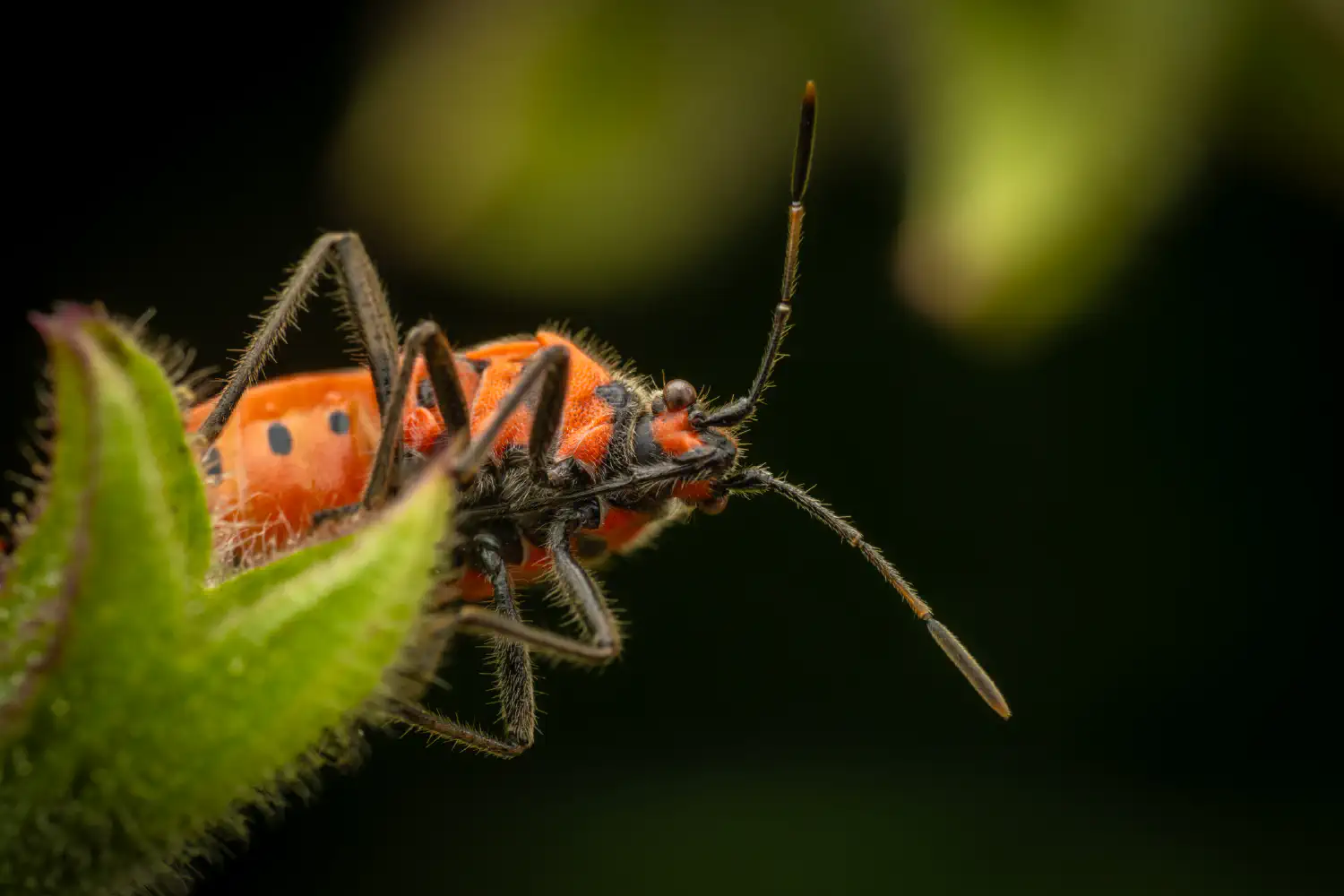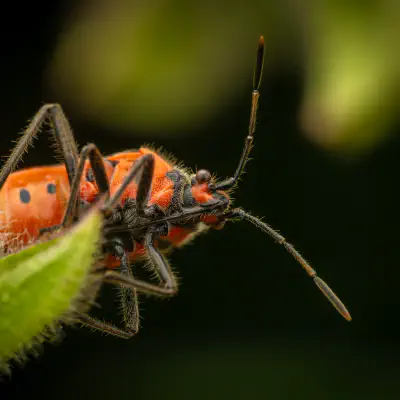Red Bugs Lat. “Pyrrhocoridae“
Pyrrhocoridae is a family of insects with more than 300 species world-wide. Many are red coloured and are known as red bugs and some species are called cotton stainers because their feeding activities leave an indelible yellow-brownish stain on cotton crops. A common species in parts of Europe is the firebug, and its genus name Pyrrhocoris and the family name are derived from the Greek roots for fire “pyrrho-” and bug “coris”. Members of this family…
Hierarchy
Description
The membrane of the forewing has one or two cells from which about 7-8 branching veins emerge that may have branches that fuse together (anastomose) while the main veins reach the margins of the wing. They have three tarsal segments. They can be very difficult to separate from some members of the family Largidae, which also share some of these characters and belong to the same superfamily. Largids tend to have the edge of the pronotum (the top of the first thoracic segment) rounded, but the taxonomic feature for separating them is the found only in females. Female largids have the sixth visible (actually the seventh) abdominal segment appearing to be split in the middle, whereas it is undivided in female pyrrhocorids. A few bugs in the family Rhopalidae have similar colors (e.g., Corizus hyoscyami) but they have ocelli, as do lygaeids. The scutellum is small and triangular. The antennae are made up of four segments, with the second segment longer than the third. The beak-like mouthpart, or rostrum, has four segments, and its tip reaches at least the base of the middle pair of legs. Some species have the wing reduced so that the abdomen is visible from above. More detailed distinguishing features that are usually visible only under a microscope, include a much reduced scent gland opening on the mid-thoracic segment. There are three sensory hairs or trichobothria on the abdominal segments 3 to 6 and two such hairs on the seventh segment. The genus Myrmoplasta is found in the African and Oriental regions and is somewhat unusual in having highly reduced wings and appearing ant-like or myrmecomorphic. Males and females differ in their foreleg morphology, although such sexual dimorphism is also found in a few other genera.
Food
Most species feed on seeds or fruits particularly of plants belonging to the Malvales but a few feed on rotting debris including dead animal matter. A few species are predatory; Raxa nishidai is a predator of another pyrrhocorid, Melamphaus faber, while Antilochus coquebertii feeds on other bugs including Dysdercus cingulatus. A few are important crop pests. One species, Dysdercus suturellus, is well known in the southern cotton growing regions of the United States while Dysdercus cingulatus occurs on cotton in tropical Asia. They damage cotton bolls by staining as well as by cutting the fibres.
Genera
Genera within this family include:
External links
Media related to Pyrrhocoridae at Wikimedia Commons Data related to Pyrrhocoridae at Wikispecies Dysdercus suturellus, cotton stainer on the UF / IFAS Featured Creatures Web site
Ancestry Graph
Further Information
Copyright

This article uses material from the Wikipedia article Pyrrhocoridae the free encyclopedia Wikipedia which is released under Creative Commons Attribution-ShareAlike 4.0 International License). On Wikipedia a list of authors is available.

Little beings in print
Order our calendars and books today!
Compiled with love. Printed sustainably. Experience our little beings even more vividly in print. All our publications are available for a small donation.


